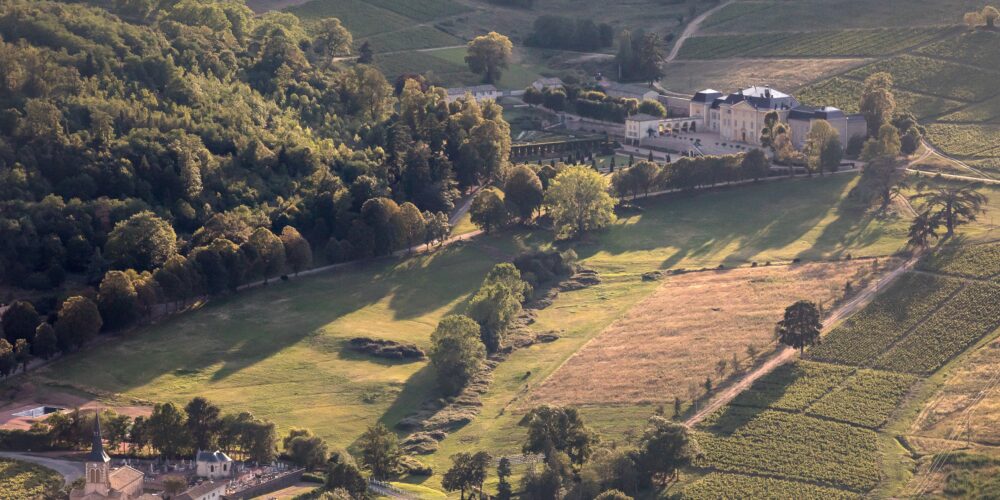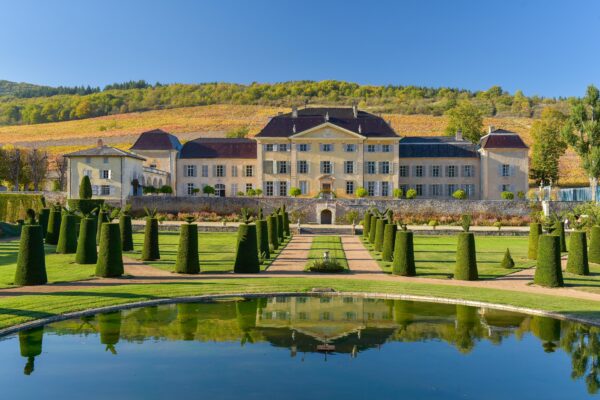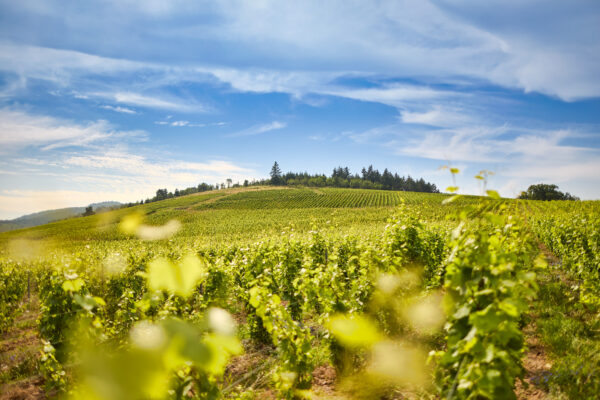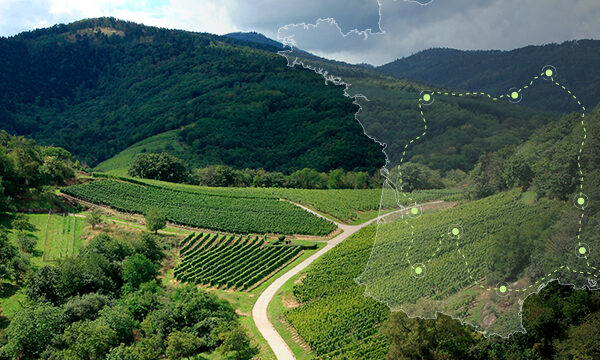The sustainable commitment of the vineyard is crucial to preserve the environment throughout the entire process, from vinification to sales. Discover the measures implemented to ensure a neutral impact and promote sustainability throughout the process at Château de la Chaize.
Environmentally Respectful Vinification
The Heart of the Process: Wooden Casks
Wooden casks play an essential role in the vinification process. In order to guarantee the quality of the wines, Château de la Chaize undertook a complete renewal of its cask fleet, engaging six different companies. This decision was motivated by the shortage of wood reserves and the need to select specific casks to produce the desired wines while maintaining a neutral impact. Each cask requires three years of drying before being ready for use. Furthermore, different toasting methods, favoring light techniques, were selected to preserve the delicacy of the aromas. Finally, coopers practicing steam bending were chosen, allowing for a subtle impact on Château de la Chaize’s wines.
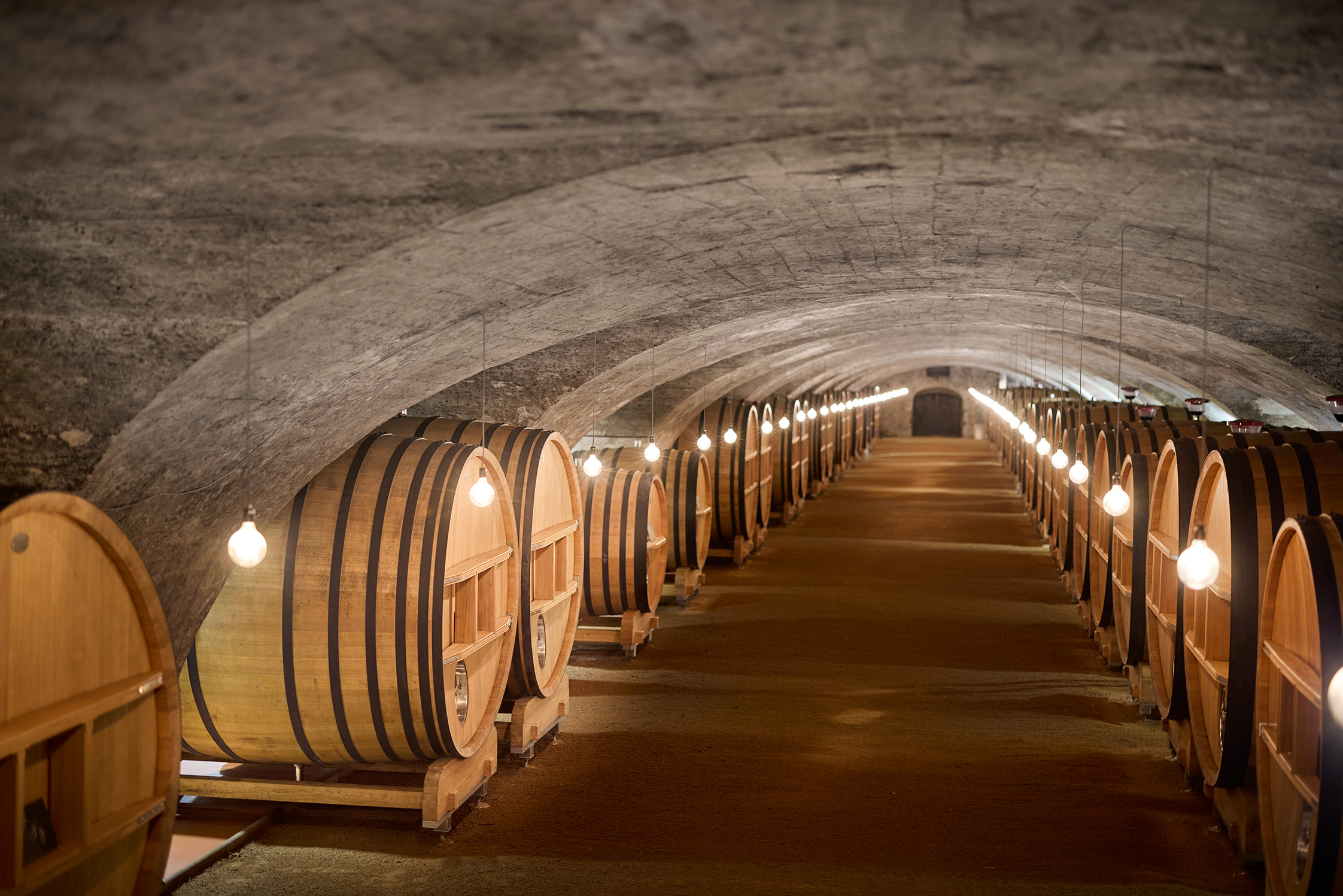
Mastered Oxygen Management
Oxygen management is of paramount importance in the vinification process at Château de la Chaize. In order to preserve the quality of the wines, the establishment has chosen to limit pumping and favor gravity transfer. Wines flow directly from the tanks to the casks, and then from the casks to bottling. Although pumping is not systematically avoided due to the considerable time and labor it requires, the finest cuvées emerge. By opting for a pump-free process, the team at Château de la Chaize limits the use of oxygen and reduces the amount of dissolved oxygen during various stages of vinification. Thus, the freshness and delicate aromas of the wines are preserved.
Responsible Water Management
Water management holds a prominent place at Château de la Chaize, both from a production standpoint and in terms of sustainable vineyard management. During renovations, tanks were chosen for their functionality and efficiency, incorporating an environmental dimension focused on energy and water savings.
The use of floor scrubbers to reduce water consumption is a key lever in the vineyard’s sustainable commitment. With only 60 liters of water per cleaning, we now use half as much water as before,”
explains Boris de Gruy. Additionally, the stainless steel tanks are made with a very smooth mirror-polished poly surface. This prevents scale buildup and reduces the need for excessive water use in cleaning.
Aware of the importance of preserving the environment, Château de la Chaize has implemented its own wastewater treatment plant. Through innovative processes, the use of modern machinery, and rigorous procedures, they manage to achieve water savings while maintaining high-quality standards. Thus, they reconcile efficiency, environmental respect, and preservation of precious resources.
This approach, embedded in the specifications, combines tradition, heritage, and production while preserving natural resources.”
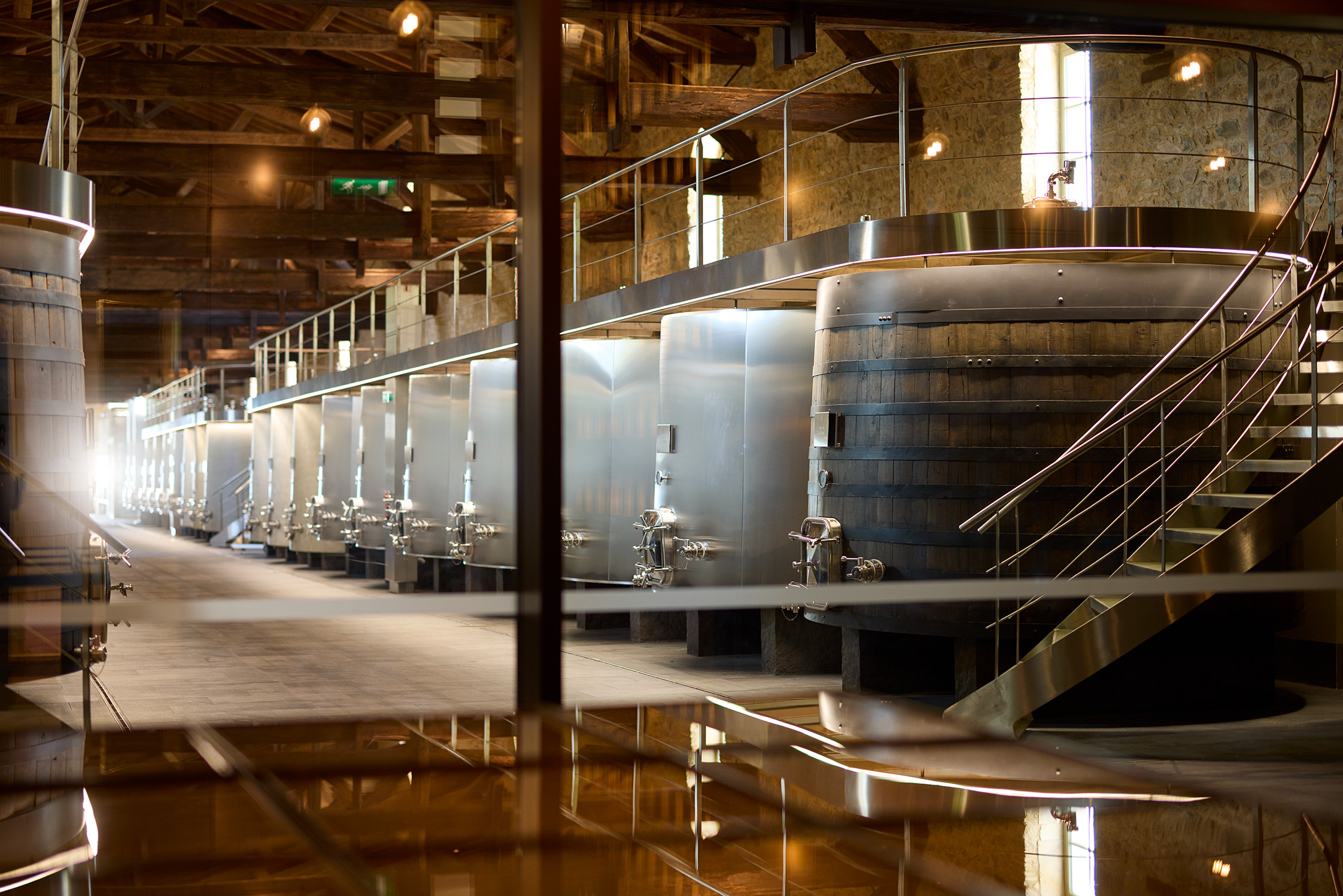
Vineyard Greening for Biodiversity
Protecting and Promoting Biodiversity
The monoculture of vineyards does not promote biodiversity development due to the lack of foliage, limiting natural habitats. To address this, Château de la Chaize grasses its vineyards to enhance vegetation, even in winter. Additionally, tree hedges are planted around the plots to create vegetative corridors and connect different wooded areas.
These measures allow many species of small mammals and insects to move between all parts of the vineyard, thus promoting biodiversity. The trees also serve to increase shade on the plots, providing shelters for bats and birds. Bats feed on harmful butterflies for the vine. These initiatives help restore balance and allow the development of ecosystems that had disappeared due to vineyard removal. Château de la Chaize is actively committed to protecting biodiversity by creating conditions conducive to its flourishing.
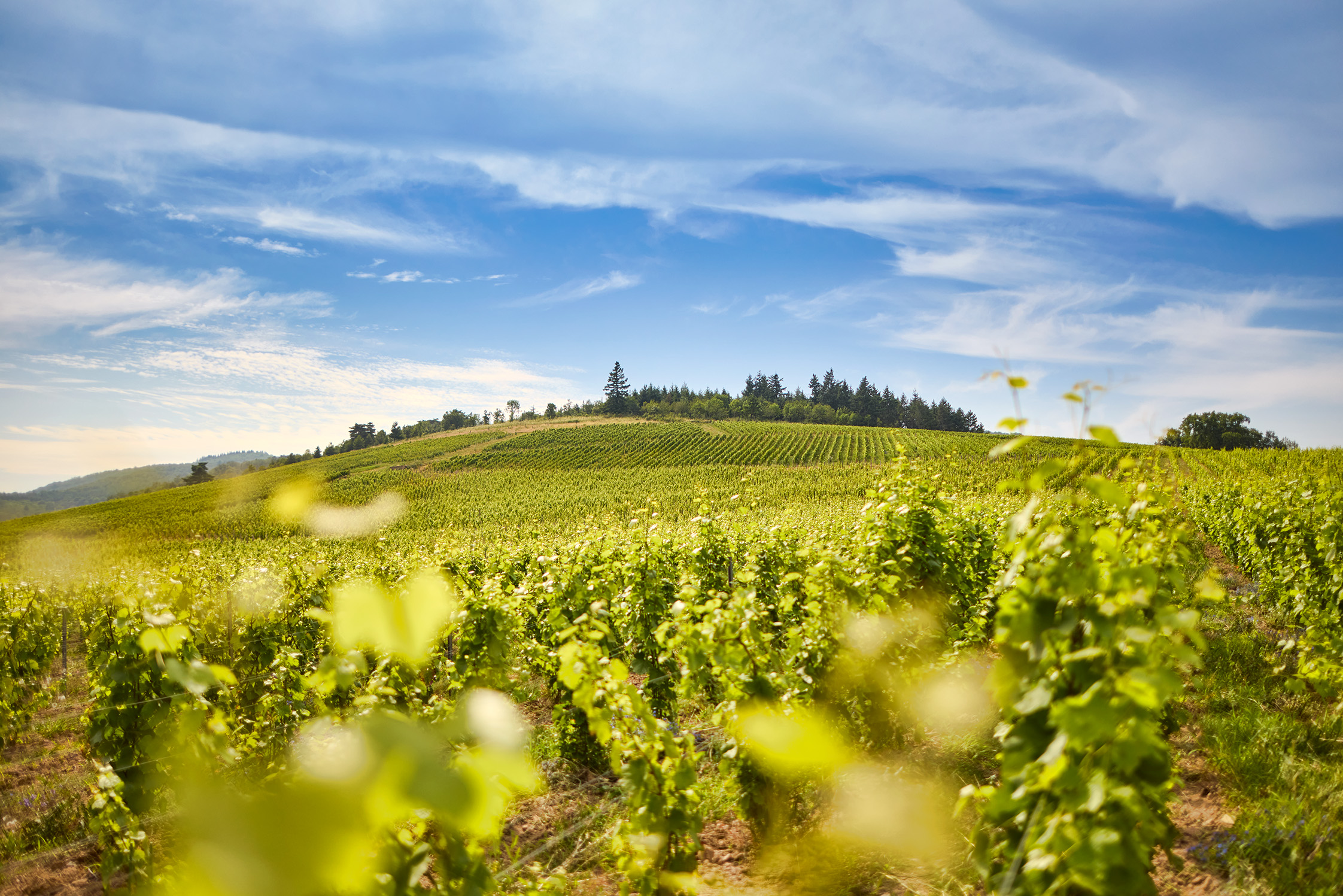
Carbon Emissions Compensation
All plants act as carbon reservoirs, thus capturing carbon through their growth. Château de la Chaize plants trees, shrubs, and plants at the base of trees to promote diversity in vegetative spaces. This creates habitats conducive to nesting, breeding, and feeding for the various animal species present in the surroundings.
Thus, Château de la Chaize has planted 7000 trees and shrubs across its entire estate. These plantings are carried out both around the vineyards and near residences and buildings. They create a sense of freshness while reducing energy consumption, especially thermal energy.
Responsible Sourcing of Organic Raw Materials
Lightweight Bottles and Eco-Friendly Corks
Château de la Chaize seeks containers that are both lightweight and sturdy. The bottles, which previously weighed 760 grams, now weigh only 510 grams when empty. The capsule accounts for 20% of the carbon footprint of the dry matter. Reducing this impact poses a real challenge due to the energy required for aluminum extraction, its processing, and stamping.
The corks used are of high-quality cork, sourced from offcuts, and undergo no bleaching or treatment.
Recyclable Cardboard Packaging
Château de la Chaize has made a switch in its cardboard packaging. It now opts for cartons that are 80% to 100% recyclable. It has also decided to prioritize colored kraft cardboard over white kraft cardboard. The latter consumes a significant amount of resources during the bleaching process.
Château de la Chaize: A Commitment to Agroecology
The sustainable commitment of the Chaize vineyard is reflected in the alliance between tradition and innovation. This approach allows them to respect nature and all the biodiversity present in their vineyards while cultivating quality grapes. Ultimately, it is a domain where agroecology and carbon impact are at the forefront of the winemakers’ concerns.
Dive into the podcast episode recorded at Château de la Chaize
To delve deeper
High Environmental Value (HEV), organic, biodynamic, sustainable, or even natural wines. While it’s not easy to understand what they truly entail, one thing is certain: these designations and labels have arisen from a common desire—to reduce environmental impact. Discover the differences between these viticultural models.
